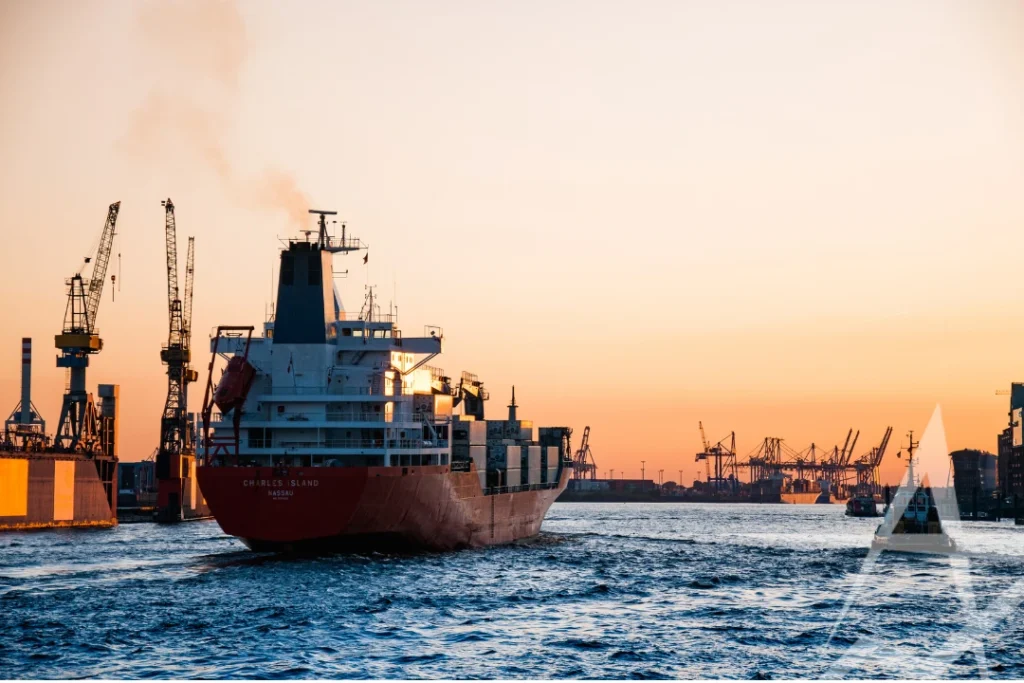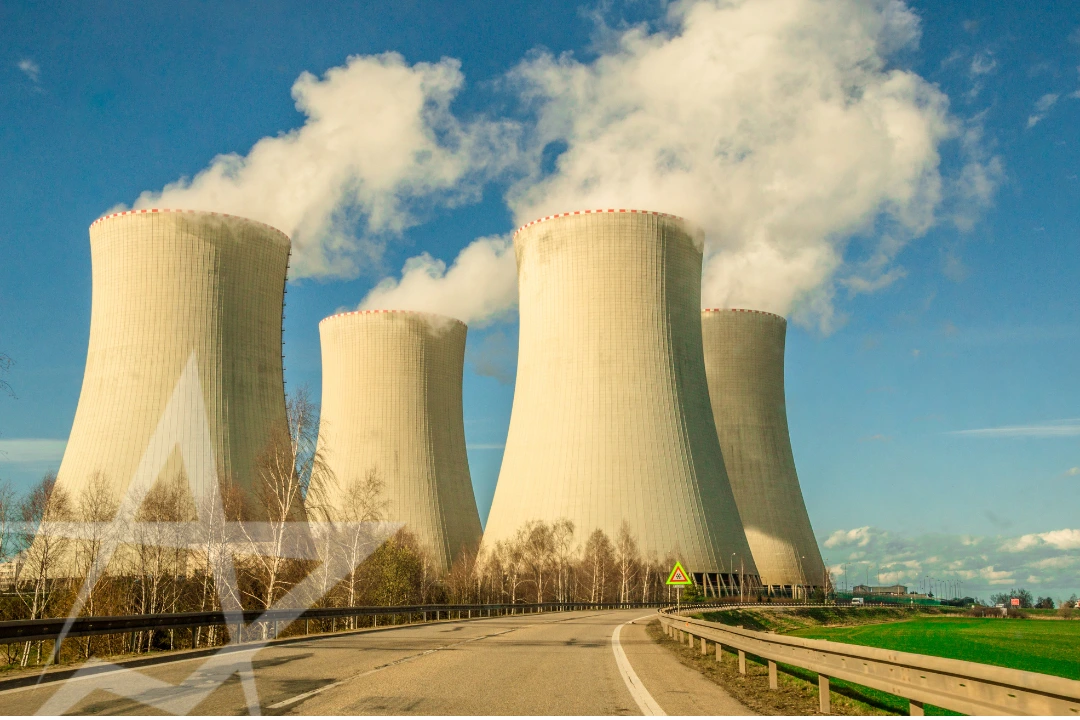The maritime industry faces mounting pressure to decarbonize, with the International Maritime Organization (IMO) targeting a 50% reduction in greenhouse gas emissions by 2050 compared to 2008 levels. In this context, nuclear propulsion has re-emerged as a polarizing yet potentially transformative solution. This article examines the feasibility, benefits, risks, and societal perceptions of nuclear-powered ships, supported by scientific research and industry data.

Nuclear Propulsion in Ships: Is It Feasible?
Nuclear energy has powered military vessels since the 1950s, including the U.S. Navy’s Nimitz-class aircraft carriers and Russia’s Akademik Lomonosov, the world’s first floating nuclear power plant. However, commercial adoption remains limited due to cost, safety concerns, and regulatory gaps.
Recent Developments:
- In 2023, China’s State-owned China State Shipbuilding Corporation (CSSC) announced plans to develop a nuclear-powered container ship to reduce emissions on Asia-Europe routes.
- The IMO’s Maritime Safety Committee initiated discussions on updating safety guidelines for civilian nuclear propulsion.
Pros of Nuclear-Powered Ships
1. Zero Operational Emissions
Nuclear reactors emit no CO₂, SOx, or NOx during operation. A 2021 study by the OECD Nuclear Energy Agency (NEA) found that replacing a large cargo ship’s diesel engines with a nuclear reactor could eliminate 60,000 tons of CO₂ annually.
2. Long Operational Range
Nuclear reactors can operate for years without refueling. Russia’s Arktika-class icebreakers use RITM-200 reactors that require refueling only once every 7–10 years.
3. Cost Efficiency Over Time
While upfront costs are high ($800M–$1B per reactor), a 2022 MIT Energy Initiative analysis concluded that nuclear propulsion becomes viable for vessels on fixed routes (e.g., trans-Pacific cargo ships) due to fuel savings.
Challenges and Risks
1. Safety Concerns
Public fears persist due to incidents like Fukushima (2011). A 2023 IAEA report warns that reactor accidents in busy shipping lanes (e.g., the Strait of Malacca) could cause “catastrophic environmental damage”.
2. Nuclear Waste Disposal
Managing spent fuel remains unresolved. The World Nuclear Association estimates that a commercial nuclear ship would generate 5–10 tons of waste annually, requiring secure onshore storage.
3. Security Risks
Nuclear materials could attract piracy or terrorism. The IAEA’s 2023 Maritime Security Guidelines mandate armed guards and geofencing for reactors.
Societal Perception: Divided Opinions
Public and political views are split:
- 58% of maritime engineers surveyed by the Royal Institution of Naval Architects (RINA) in 2022 supported nuclear shipping as a decarbonization tool.
- Environmental groups like Greenpeace argue that risks outweigh benefits, advocating for ammonia or hydrogen fuels.
Governments are similarly divided:
- Russia and China are investing in nuclear icebreakers and cargo ships.
- The EU prioritizes wind-assisted propulsion, excluding nuclear from its FuelEU Maritime Initiative.
Case Study: Russia’s Nuclear Icebreakers
Russia’s Rosatomflot operates 7 nuclear icebreakers, including the Arktika, which has logged 40+ incident-free years in the Arctic. However, these ships rely on specialized crews and operate in remote regions—conditions challenging to replicate in global shipping lanes.
The Future of Nuclear-Powered Shipping
For nuclear ships to gain traction, the industry must:
1. Develop inherently safe reactors (e.g., low-enriched uranium designs).
2. Establish international regulations under IMO oversight.
3. Address public distrust through transparency.
The IMO’s 2023 Strategy on Alternative Fuels included nuclear propulsion in its roadmap, signaling potential policy shifts.
Nuclear-powered ships offer a zero-emissions solution to maritime decarbonization but face technical, economic, and societal barriers. As marine engineering advances, collaboration between governments, engineers, and the public will determine whether nuclear energy becomes a mainstream maritime fuel or remains a niche technology.
References
1. IMO (2023). 2023 IMO Strategy on Reduction of GHG Emissions from Ships. [LINK](https://www.imo.org)
2. OECD Nuclear Energy Agency (2021). Nuclear Energy in a Low-Carbon Future: Maritime Applications.
3. Buongiorno, J. et al. (2022). The Future of Nuclear Energy in Maritime. MIT Energy Initiative.
4. IAEA (2023). Safety and Security Guidelines for Nuclear-Powered Ships. IAEA-TECDOC-2076.
5. Rosatom (2022). Annual Report on Nuclear Icebreaker Operations.
6. RINA (2022). Survey on Decarbonization Technologies in Maritime. Royal Institution of Naval Architects.
7. Greenpeace (2023). Position Paper on Nuclear Shipping Risks.
8. [World Nuclear Association, 2021; OECD NEA, 2022]
9. [Lloyd’s List, 2023; IMO Reports, 2022]




